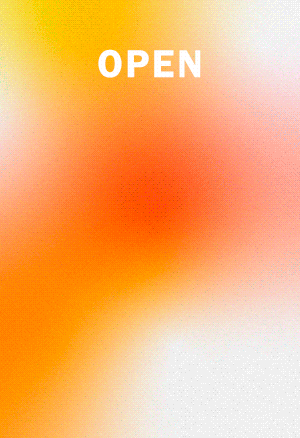Pablo Reinoso
Arte en la Torre, Buenos Aires
The installation presented by Pablo Reinoso in Fundación YPF’s space, Arte en la Torre, provides the viewer with a double gratification: The work Fútbol 5 en la Torre adds to the great power of visual attraction the narration of the creative process, an explicit testimony of the work’s gestation written by the artist himself.

The schematic forms created by Reinoso seem familiar. A striking goal with its corresponding ball dominates a square with its benches and its streetlamp. Then, step by step, while going around the exhibition, the visitor discovers that in spite of the lightness of the lines, that setting transmits an essential joy. The gaze slides, flows without encountering obstacles along the sinuous lines of the goals, and lingers in the curly forms of the benches.
Settled since 1978 in Paris, a city where he gained prestige with his designs for Kenzo and Givenchy, Reinoso presented an oeuvre that exceeds this site specific. Suffice it to flick through the catalog to discover that the artist returned to the square of his childhood and, right there, while looking at the base of an empty mast, he began to dream of a plan for an urban design. He set his imagination in motion and thus the undulating infantile games, the carousel and the poetic Mástil firulete sprouted like flowers, with their curves and counter curves rising up to the heights. Reinoso made his works in metal, so that they would survive the wearing away of the open air, a piece of information which consolidates the possibility of a public destiny. The space curator, Fernando Farina, notes that cities should not necessarily be devoid of beauty.
The small square, populated by pieces that wisely interrupt the landscape of the immense lobby, constitutes a work of art which has a sense and a raison d'être: to offer an encounter with beauty and to open the horizon of an aestheticized world. Indeed, the experience of wandering across that fantastic territory is programmed by the artist in terms of community and it is the vivid expression of the utopia of these days. The ambition goes beyond embellishing Buenos Aires, a square close to the Monumento de los Españoles seeks to aestheticize existence, people’s lives.
The presence of the game immediately refers to questioning what the role of those players who are the artists is. Flying over the contingencies in search of the universal values, Reinoso traps the olympic and permanent matters, the desire of man to return home, to find his own and defined place after the voyage.
-
 Panoramic view, "Fútbol 5 en la Torre"exhibition, YPF Foundation, Buenos Aires. Courtesy of Fundación YPF, Buenos Aires/Vista panorámica, exposición
Panoramic view, "Fútbol 5 en la Torre"exhibition, YPF Foundation, Buenos Aires. Courtesy of Fundación YPF, Buenos Aires/Vista panorámica, exposición
"Fútbol 5 en la Torre", Fundación YPF, Buenos Aires. Cortesía Fundación YPF, Buenos Aires.




